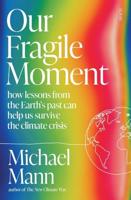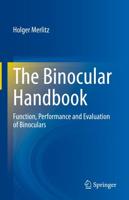Publisher's Synopsis
Thermal drying has been recognized as an important unit operation as it is ener- intensive and has a decisive effect on the quality of most products that are dried commercially. Escalating energy costs, demand for eco-friendly and sustainable te- nologies as well as the rising consumer demand for higher quality products, have given fresh incentives to industry and academia to devote great effort to drying R&D. Fortunately, this area does not demand a massive perfusion of R&D funds to come up with valuable insights and innovations, with only a few exceptions. Indeed, there is already a sustainable level of R&D support-both in terms of human and ?nancial resources-around the world. Emerging economies of the world, such as China, B- zil, India, etc, have picked up the slack caused by the fully developed economies of the west moving towards nanotechnologies. Overall, the global R&D effort has been rising despite precipitous drops in North America and Europe. With 12-25% of the national industrial energy consumption attributable to industrial drying in developed countries, it is only a matter of time before high energy costs will stimulate further R&D in drying.










